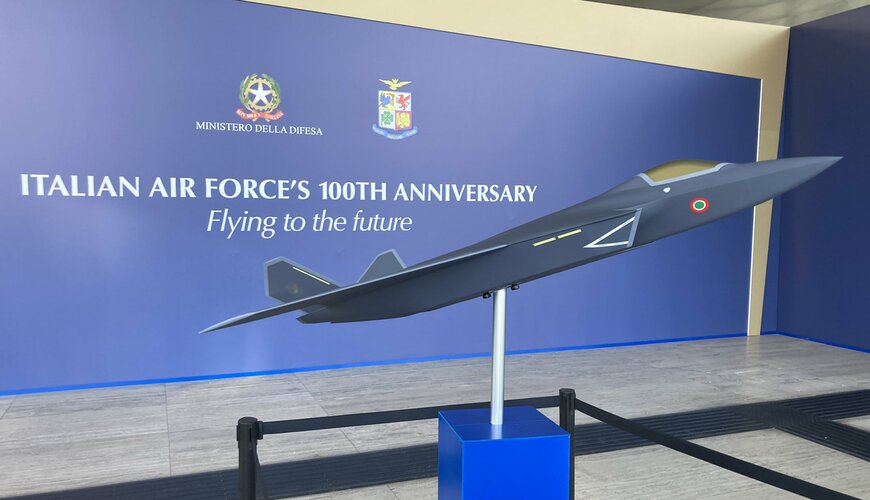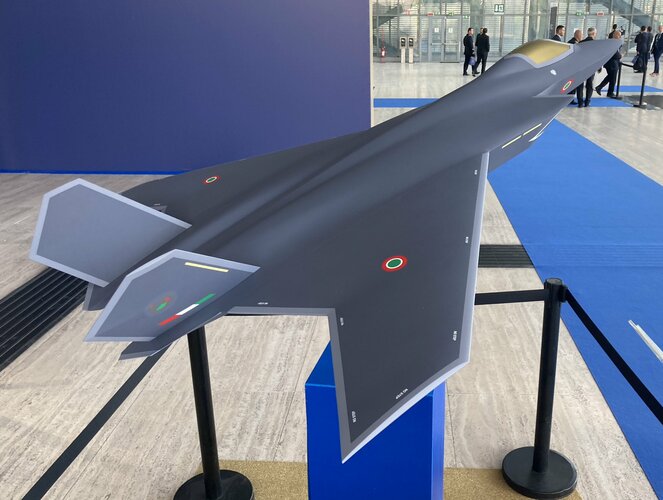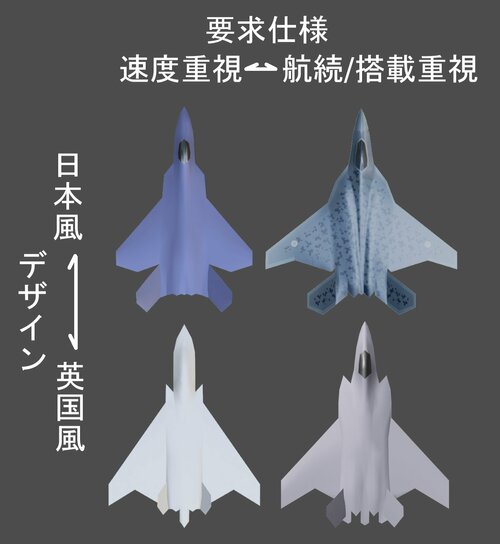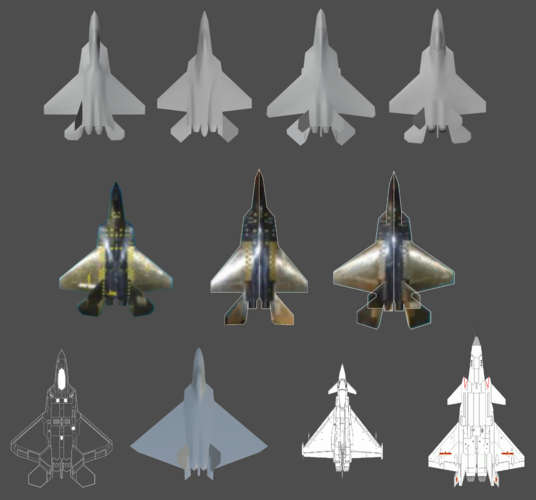Jackonicko
ACCESS: Secret
- Joined
- 4 February 2009
- Messages
- 376
- Reaction score
- 844
So is Concept 5 a potential demonstrator?
Based on the size of the cockpit section used in the ejection seat trials (and the assumption that the dummy is 6ft, an assumption of course..) that looks to be around 18 metres long from tip to tail?
There is little reason to assume that the FTD ('Workstream 5') being developed in Hangar 5, is based on Concept 5 - a model of which greets every visitor to that hangar!
I'd love to think that it is, but actually, I suspect that it isn't. It seems likely to use a forward swept, F-35 type intake, rather than a rear swept intake, based on the intake displayed next to the test duct.





